Henry's Fish House
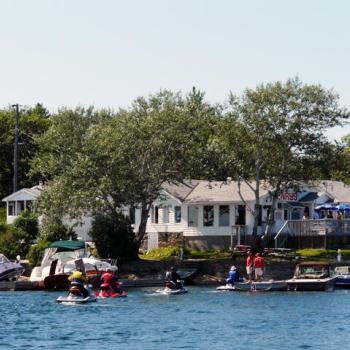
Waterway: Inner boat channel, Georgian Bay
Dock Rating For PWC Mooring: 5/5
Nearest Fuel: Le Blanc’s Sans Souci Marina
Ride Info & Itinerary: Sparrow Lake to Parry Sound

Waterway: Inner boat channel, Georgian Bay
Dock Rating For PWC Mooring: 5/5
Nearest Fuel: Le Blanc’s Sans Souci Marina
Ride Info & Itinerary: Sparrow Lake to Parry Sound
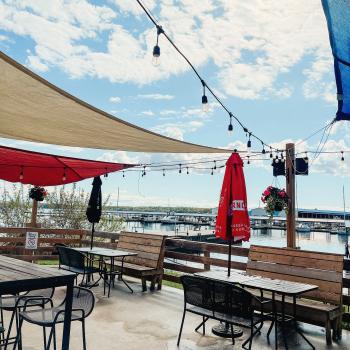
Waterway: Victoria Harbour
Dock Rating For PWC Mooring: 4/5
Nearest Fuel: Queen's Cove Marina
Ride Info & Itinerary: Sparrow Lake to Parry Sound
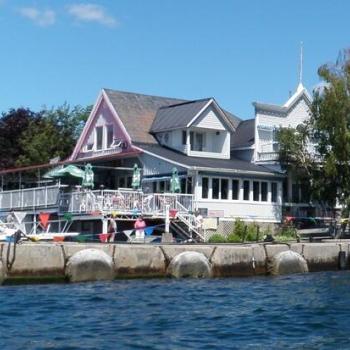
Waterway: St. Lawrence River
Dock Rating For PWC Mooring: 4/5
Nearest Fuel : Ed Huck Marine
Accommodations: Rockport Boathouse Country Inn
Ride info & Itinerary: 1,000 Islands tour
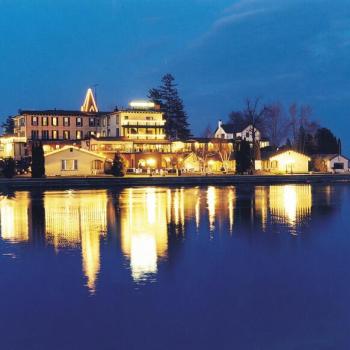
Waterway: St. Lawrence River
Dock Rating For PWC Mooring: 4/5
Nearest Fuel: Brennan Marine
Accommodations: Gananoque Inn & Spa
Ride info & Itinerary: 1,000 Islands tour

Northern Ontario's most experienced guide, with charters on the world's greatest lake. Offering guided fishing tours, lighthouse charter tours, and group tours.
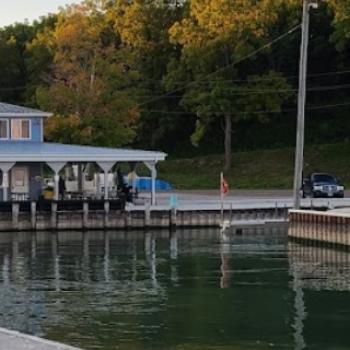
Serving up lakeside food out of the Port Glasgow Marina.

The Haileybury Marina is a full-service marina on the west side of Lake Temiskaming on the Haileybury waterfront (Marina office is located 450m south of the slips next to City Hall). This Marina has 66 slips in total with 38 slips having water and hydro hook-ups. There is a free boat launch located nearby.
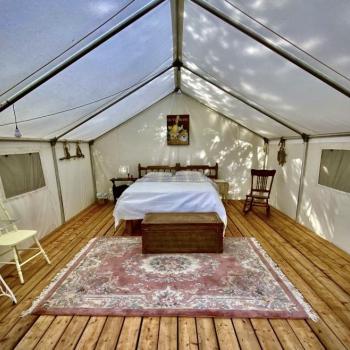
The Glamping Island is a beautiful, historic, private five-acre island on Lake Temiskaming, only a few kilometres from Haileybury’s marina.
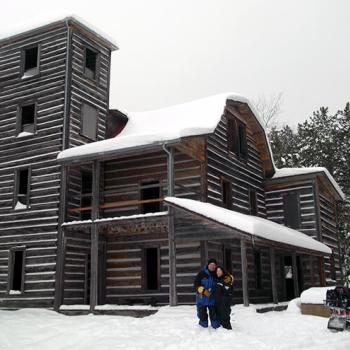
This has to be seen to be believed—a massive, three-story red pine log house with a turret on top, seemingly in the middle of nowhere. Built by hand by an eccentric hermit from 1903 to 1904, it stands as a testament to the resilience and imagination of this “frontier” man.
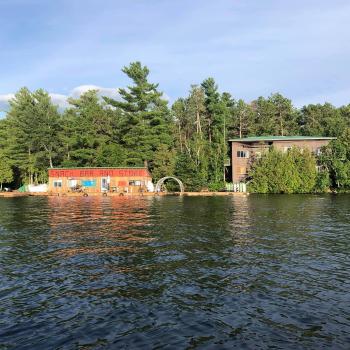
Loon Lodge offers island accommodations all year round, making it the perfect destination for any season. Whether you're looking to experience the Spring opener, soak up the beauty of Summer, or enjoy some cool Fall fishing before the snow falls, Loon Lodge has a place for you. Plus, if you're a fan of ice fishing, we have 6 Ice Bungalows that can accommodate up to 4 people. Lake Temagami is renowned for its incredible ice fishing opportunities for Lake Trout, Walleye, Whitefish, and Ling. Don't miss out on the chance to experience the best that Loon Lodge has to offer!